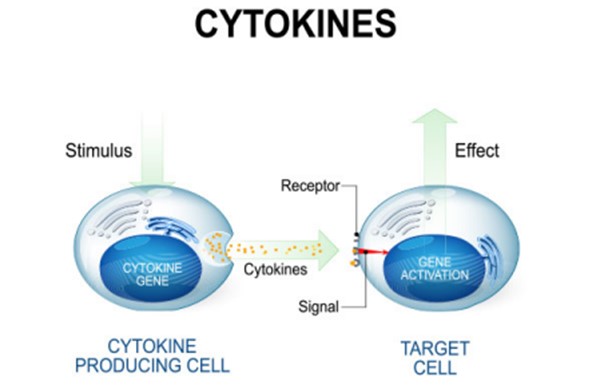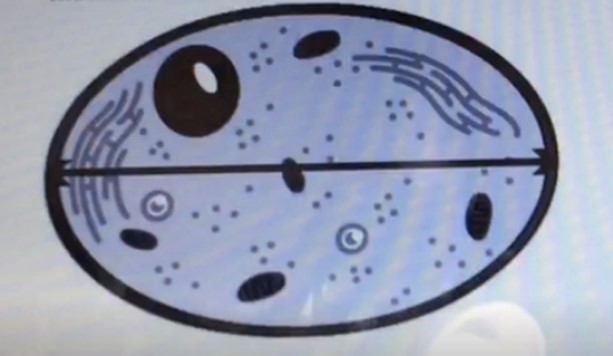Which of the following chemicals is released by one type of immune cell to directly activate another type of immune cell?
Cytokines
Lysozymes
Perforin
Granzymes.
The Correct Answer is A
Cytokines are chemicals released by one type of immune cell to directly activate another type of immune cell.
They are small proteins that act as messengers between cells and play a key role in regulating the immune response.

Choice B. Lysozymes is not the correct answer because lysozymes are enzymes that break down bacterial cell walls and do not directly activate other immune cells.
Choice C. Perforin is not the correct answer because perforin is a protein that forms pores in the membranes of target cells and does not directly activate other immune cells.
Choice D. Granzymes is not the correct answer because granzymes are enzymes that enter target cells and trigger apoptosis (cell death) and do not directly activate other immune cells.
Nursing Test Bank
Naxlex Comprehensive Predictor Exams
Related Questions
Correct Answer is A
Explanation
A myocardial infarction, commonly known as a heart attack, occurs when blood flow decreases or stops in the coronary artery of the heart, causing damage to the heart muscle.
Choice B is incorrect because the aorta is not a blood vessel of the heart.
The aorta is the main artery that carries oxygenated blood from the heart to the rest of the body.
Choice C is incorrect because the pulmonary blood vessels are not affected by a myocardial infarction.
The pulmonary blood vessels carry deoxygenated blood from the heart to the lungs.
Choice D is incorrect because the vena cava is not a blood vessel of the heart.
The vena cava is a large vein that carries deoxygenated blood from the body to the heart.
Correct Answer is B
Explanation
The diameter is the measurement of a straight line passing through the centre of a circle and connecting two points on its circumference.
In this case, the line across the center of the cell represents the diameter of the cell.

Choice A, Area, is not the correct answer because area refers to the amount of space inside a two-dimensional shape.
Choice C, Volume, is not the correct answer because volume refers to the amount of space occupied by a three-dimensional object.
Choice D, Radius, is not the correct answer because radius refers to the distance from the center of a circle to its circumference and is half the length of the diameter.
Whether you are a student looking to ace your exams or a practicing nurse seeking to enhance your expertise , our nursing education contents will empower you with the confidence and competence to make a difference in the lives of patients and become a respected leader in the healthcare field.
Visit Naxlex, invest in your future and unlock endless possibilities with our unparalleled nursing education contents today
Report Wrong Answer on the Current Question
Do you disagree with the answer? If yes, what is your expected answer? Explain.
Kindly be descriptive with the issue you are facing.
